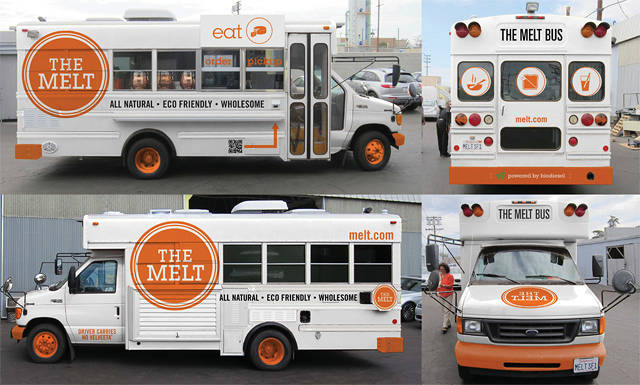Let’s face it, food trucks and vending carts/trailers weigh a lot. They’re big, tricked out behemoths designed to stand out and be durable, so on their own the things get quite heavy. THEN we load them up with all manner of ranges, coolers, equipment, and food; damn if that doesn’t add some tonnage. It becomes a factor in operation, you can be sure about that. Now, is this something that you need to know and will affect our every day? Not majorly. Should you know how much your vehicle weighs in general and have it listed in a place to easily check when needed? Oh yeah.
The Importance of Knowing Weight
And why do we need to care about weight? Well, for a few reasons, but mostly for towing. Every cart and trailer needs to be hitched and towed, and even some full trucks may need towing every now and then [I won’t ask your vehicle and that other one collided, that’s your business]. But sad to say, not just everything can get towed. Whatever Truck, Van, etc that’s towing you can only handle so much; of course many can pull the heavier loads with ease, but they aren’t the only factor, as the Hitch rig that connects to your mobile op can only handle so much weight to stay stable. And whatever that’s listed at [for your specific truck and hitch combo], you don’t even want to get CLOSE to it, because that’s when risk begins. So know that, and then figure out what you can tow; or vice versa, find the weight of your truck and get the proper pull equipment.
And then there’s road weight limits, new terrain, city regulations, and who knows what random situation no one has thought up yet that may come up. Either way, it’s safe to say that you should look into it. Which, if you already have a tricked out vehicle, shouldn’t be too hard at ALL; just take a look at vehicle stats/report and the same on the truck and cooking equipment you bought. For those who have yet to buy one, and want to have an idea now or start planning on a particular ideal weight range for your needs, here are some figures to consider.
Note: These figures which we researched are considering that each of these trucks are FULLY LOADED with standard equipment. The weight on its own should be somewhere around 30-50% of what is listed.
Hot Dog Cart: 400lb… okay, this one is probably barely different before and after food and other ‘equipment’ is applied!
Standing-room Food ‘Cart’ Trailer/Coffee Cart: somewhere between 3,000-5,000lbs depending
8’x16’-ish Trailer: around 5,500lbs
8’x22’-ish Trailers: the bigger guy, these can get at least 8,000lbs
“Classic” Food Truck: the models most often seen and attributed to the idea of what ‘food trucks’ are, these come in around 16,000lbs, 12,000 on the lower end, give or take a half ton [okay I’m just guessing that] depending on exact dimensions/style.
LARGE Food Trucks and Bus-turned-Catering Vehicle: for those operations that want the size on their side, like certain pizza trucks, though it’s not often that they’re also using a proportionally larger amount of equipment as well. Final weight can vary depending, but expect a range of 19-30,000-ish lbs.

Originally, we WERE hoping to attach a section discussing equipment weights, but considering the even HIGHER range of different, well, ranges and other things one may be loading their vending operation with, the task requirements are endless and truly depends on what you’re getting. We detail a lot of the main equipments, and links to their stat pages, Here, feel free to peruse that for further details on the matter.
Whether this all ends up helping you in the long term, we can’t say. But with luck this information will provide a little extra basis for you to refine your choices in weight and proper towing equipment, or at least gives a good reminder to check your weight, and avoids at least one annoying incident. As usual, good luck with your coming or running business!
One More Helpful Link
Food Truck Towing Basics – in depth analysis on the steps and considerations to actually towing your truck/trailer

